Cavalier King Charles Spaniel Puppies
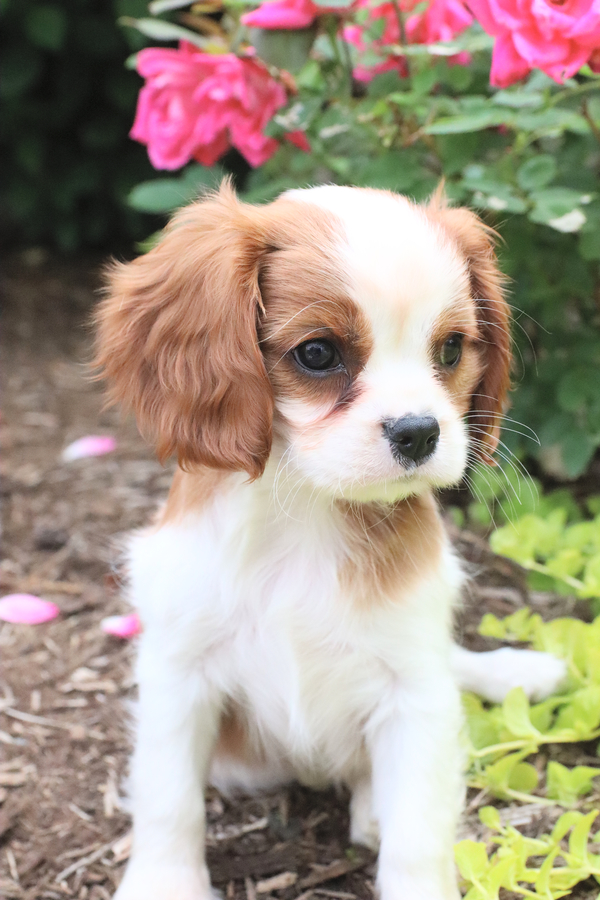
The Regal and Affectionate Cavalier King Charles Spaniel
This adaptive breed bears its regal name with a regal personality. They make great companions for children, and adapt to the activity level of their owners. They uniquely combine the gentleness of a toy breed with the playfulness and athleticism of a herder.
Cavalier King Charles Spaniel At a Glance
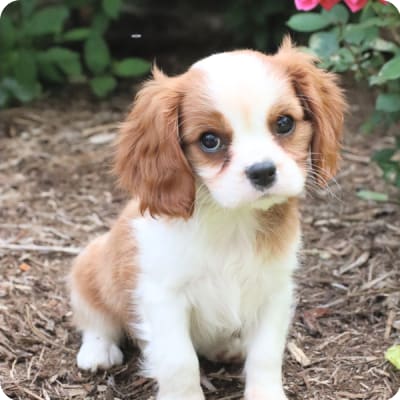
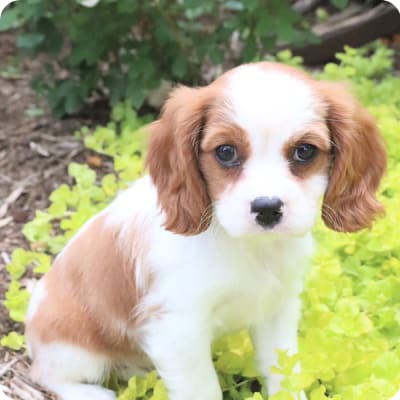
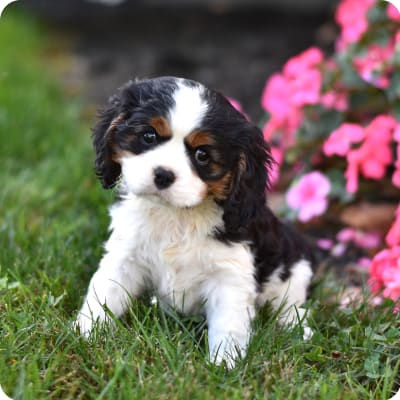
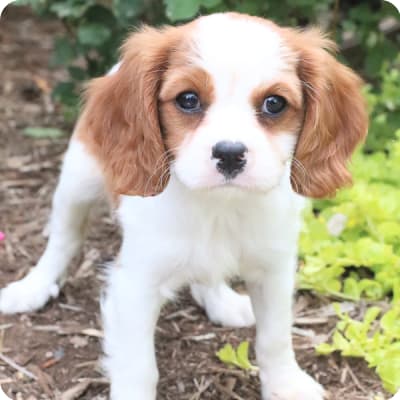
Cavalier King Charles Spaniel At a Glance
- Size: 12"-13", 13-18 lbs.
- Lifespan: 13-18 years
- Energy Level: low
- Coat: Silky and medium-length
- Shedding: moderate
- Hypoallergenic: No
- Dog Group: Toy
- Common Nicknames: King Charles Spaniel, Blenheim Cavalier
Cavalier King Charles Spaniel Breed Guide
Learn More About Cavalier King Charles Spaniels


